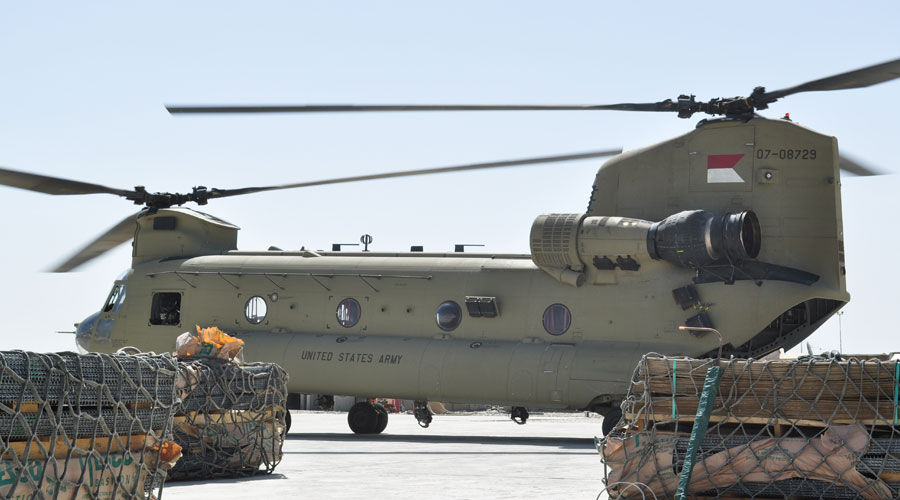At least 250,000 Afghans who may be eligible for expedited American visas remain in Afghanistan, far too many for American forces to rescue before their deadline to leave next week, new estimates suggest.
Even if American forces continue their current pace of roughly 20,000 evacuations per day — a tall order — the estimates suggest the effort will not come close to rescuing the full group of Afghans who may be eligible to leave before President Biden’s deadline to depart, August 31.
Many Afghan interpreters, advisers and others who worked with the US government or American organisations over the past 20 years and their families are eligible for special visas. And many fear retribution from the Taliban and are desperate to leave.
But precise figures are impossible, as American officials have not said how many remain in the country.
These estimates are based on reports on Afghan employment published annually by the department of defence and analysed by the Association of Wartime Allies, a group that advocates for Afghans affiliated with the US, and researchers at American University.
Other estimates vary widely, from 100,000 to more than 300,000 people.
The group estimated that the number could be far higher, depending on the assumptions used: More than a million Afghans who remain in the country, it found, could be eligible for expedited immigration status.
American officials said on Thursday that 82,300 people, including Americans, Afghans and others, had been flown out of Kabul since the government fell to Taliban forces on August 14.
To make the estimates, the researchers reviewed department of defence employment reports and estimated how many employees filled jobs that were eligible for visas and how long they worked. They then estimated the size of their immediate families and subtracted how many may have already left the country.
They include Afghans eligible for two visa programmes. Special Immigrant Visas are available to those who worked with the American military and US embassy as interpreters, translators, advisers and in other jobs during the war. And Priority 2 visas are available to those who worked for American organisations and projects supported by the US government.
The figures do not include many more Afghans who are not eligible for visas but could be at risk from the Taliban because of their roles in the Afghan government or military, or because they are activists or religious minorities. On Tuesday, Jen Psaki, the White House press secretary, said broader number could also be in the millions.
The International Rescue Committee said over 300,000 Afghan civilians have been affiliated with the US mission.
New York Times News Service











